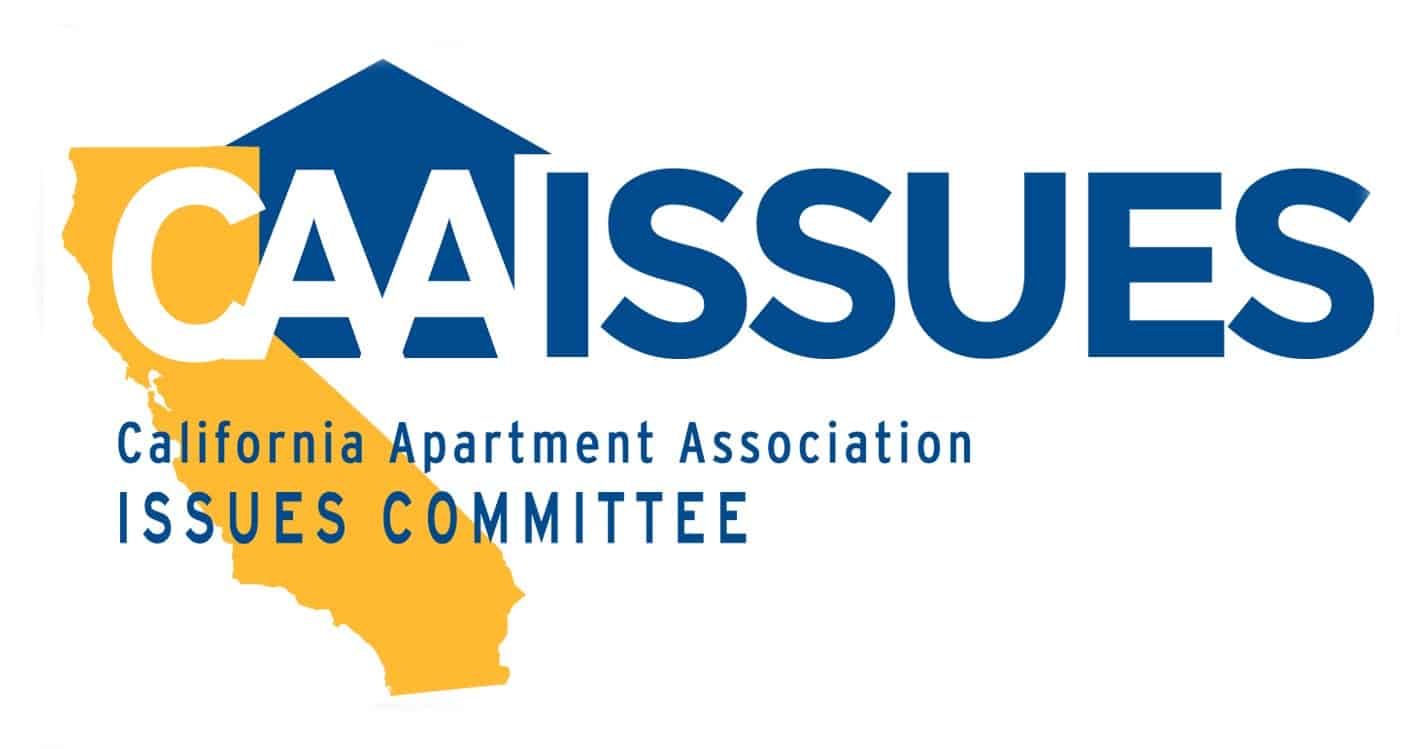Although many aspects of California’s eviction moratorium have lapsed, the state’s emergency rental assistance program continues to take applications and cut checks.
During a CAA webinar on Wednesday, state administrators said the program will continue until funds are exhausted. State and local rent relief programs are still spending down the first round of $2.6 billion in federal emergency rental assistance — half of the $5.2 billion earmarked for California rent relief.
“As of earlier this week, we have delivered nearly $650 million in rent and utilities assistance to approximately 55,000 households,” Amy Wilson, deputy secretary of legislation for California Business, Consumer Services and Housing Agency, said during the webinar, now available on demand.
Rental housing providers and tenants are encouraged to apply through the Housing is Key portal.
Some other important tenant protections — and safeguards for landlords – will continue after the eviction moratorium lapses today, Sept. 30.
Beginning Friday, Oct. 1, unlawful detainer cases for nonpayment of rent can resume, but only under certain circumstances. Under the COVID-19 Rental Housing Recovery Act, landlords may not proceed with an eviction unless they have applied for rental assistance to cover the tenant’s rent debt.
Specifically, the law provides that if 20 days after the landlord has applied to the program for rental relief (or 20 days after the landlords has served their “pay or quit” (whichever is later), and they have not received or obtained verification from the rent relief program about the tenant having applied and the tenant has not told them they have applied, then the eviction can proceed. If rental aid is approved but hasn’t arrived, the owner will have to wait.
Keep in mind that local governments may still have their own eviction moratoria in place. Alameda County and all the cities in the county; Sonoma County and all the cities in the county; as well as the city of Los Angeles city and Fresno still have eviction moratoriums related to rent. Other cities also have moratoriums related to just cause eviction.
Limits on late fees remain: Still in effect is the state prohibition against landlords charging or attempting to collect late fees on pandemic-related rental debt from a resident who has submitted a declaration of COVID-19-related financial distress. Late fees for non-pandemic related rental debt are allowed, regardless of whether a declaration of hardship was filed. Read more
New forms for unlawful detainers: New rules and new forms accompany the expiration of the eviction moratorium. Residents who don’t pay rent and other amounts due on or after Friday, Oct. 1, 2021, can be served a three-day notice, instead of a 15-day notice to pay or quit. This, however, is not yet a return to the standard pre-pandemic three-day notice. Read more
Preemption of new moratoria: Under the COVID-19 Tenant Relief Act, local governments are still prohibited from creating their own eviction restrictions for nonpayment of rent through March 31, 2022, (with the exception of the cities and counties listed above).
Eviction moratorium webinar: CAA’s webinar, “The Eviction Moratorium is Ending. Now What?” The webinar is now available on-demand. Learn more
Rental assistance webinar: During a webinar Wednesday, CAA and its members talked with administrators of the state’s rental assistance program. The webinar is now available on demand here.

